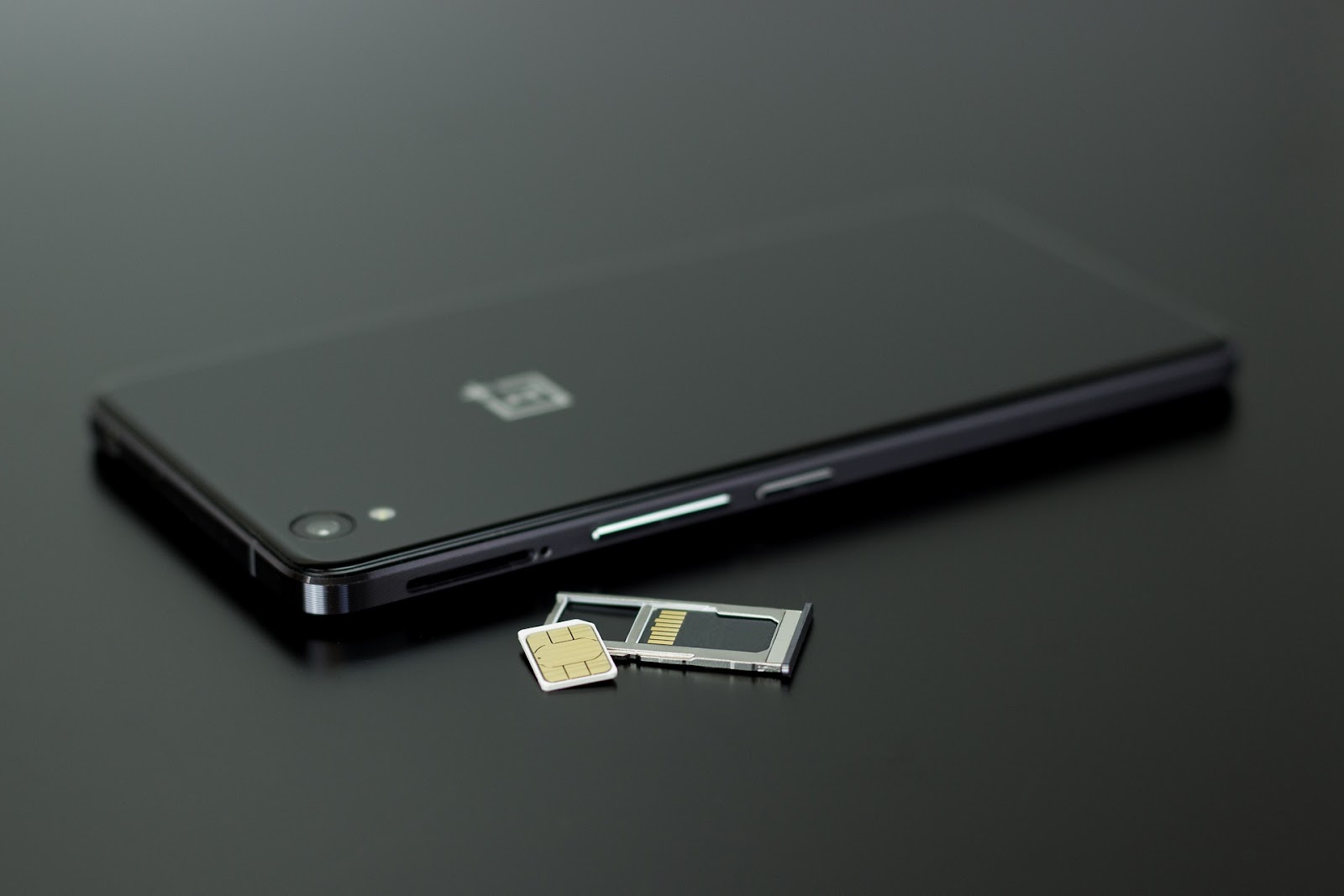
The age of SIM cards will soon be at an end, and the eSIM is the successor-in-waiting.
There’s a good chance that you’ve never come across the term “eSIM” before. It stands for Electronic Subscriber Identity Module, and it’s superior to the SIM card in every conceivable way.
For one thing, an eSIM is programmable. When you want to make a change you don’t have to look for your SIM extraction tool in the back of a drawer. Instead, you just scan a QR code and let the software do the rest.
And once you’ve got your eSIM set up, you don’t need to worry about roaming, which is the scourge of anybody who travels for work or leisure. In terms of mobile data, an eSIM lets you get online pretty much everywhere, without needing to swap SIMs or set up new contracts.
Plus, eSIMs are secure.
If you’ve been fortunate enough to steer clear of trouble thus far you might be under the impression that SIMs are already secure. They’re not.
In fact, a traditional SIM is highly vulnerable to hacking through dastardly tricks like SIM swaps, SIM cloning, and simjacking.
By contrast, eSIMs keep things tight by requiring you to enter an activation code, and withholding your personal data unless you give explicit permission to share it with others.
So how do you get hold of this miraculous tech? It’s easier than you think. There are tons of new telcos in the space already.
They include ultra-low cost providers like UpeSim, services with great coverage like Nomad, and user-friendly services like Airalo. Whatever you’re looking for, you can probably find it.
More telcos are joining the party all the time, and it’s very possible that one of them will be Elon Musk’s SpaceX.
Apparently, the company is considering using its cutting edge Spacelink satellite network to disrupt the entire mobile network industry with superfast, low price global data.




